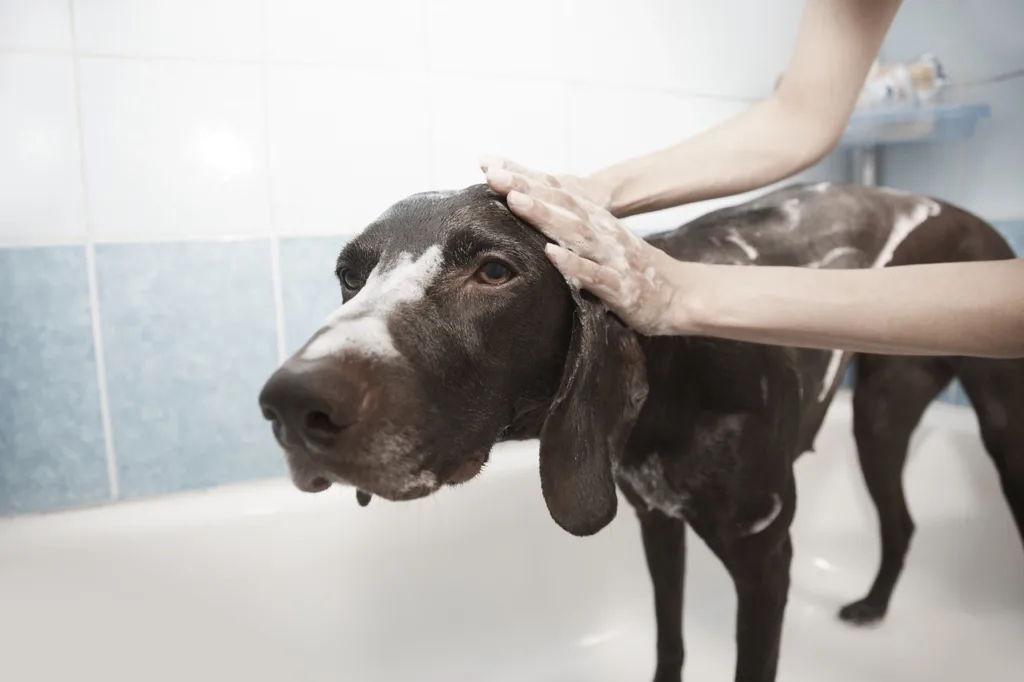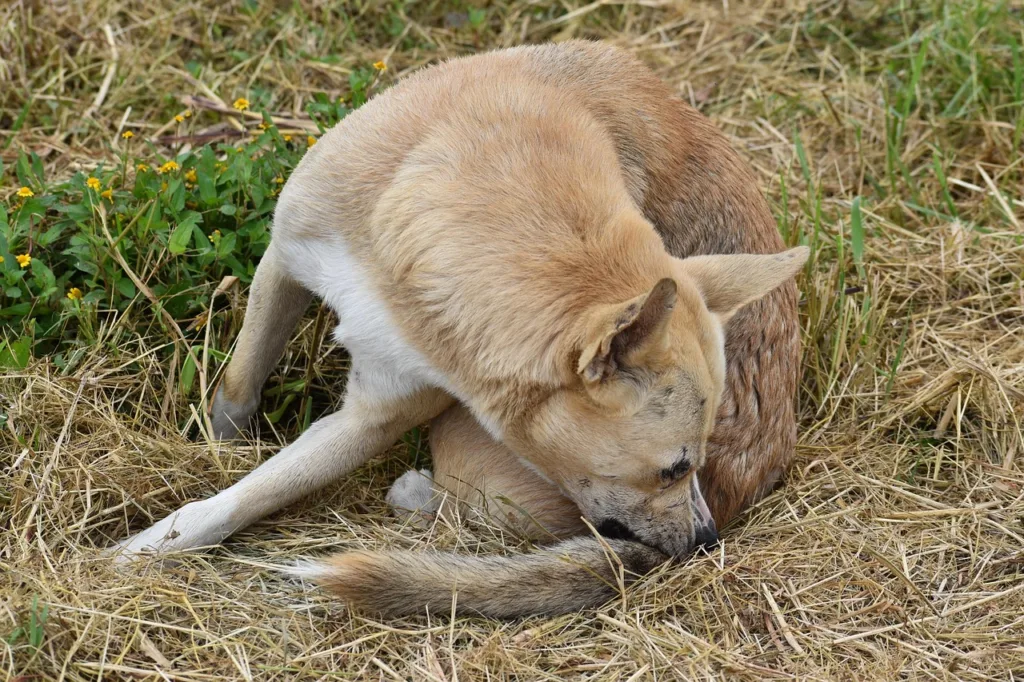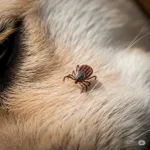
Let’s be honest—skin allergies in pets are a nightmare. For them and for us. And in India, with our humidity, dust, cheap kibble obsession, and let’s face it, sometimes questionable grooming habits, it’s a recurring story. I’ve been there, with both my dogs going through hot spots, food reactions, and random itching out of nowhere. This isn’t some polished vet write-up—it’s what I’ve learned the hard way, blended with solid facts to back it all up.
The Usual Suspects Behind Skin Problems
Skin allergies don’t just “happen.” There’s always a trigger—maybe one, maybe five.
- Food: Kibble (especially cheap ones) and common proteins like eggs can mess your pet up. I’ve seen bloody stools from giving in to begging. Learned it the hard way—regret always comes later.
- Fleas and Ticks: You may not see them, but if your dog’s chewing his skin off, assume they’re there. Indian streets and even your balcony aren’t safe.
- Environmental Allergens: Dust, pollen, moisture (especially during monsoons), and even the cleaning products you use at home. All of these can be the hidden villain.
- Bad Shampoos: Most commercial soaps and cheap shampoos are garbage. If you won’t use them on yourself, don’t use them on your dog.
- Neglect: Sorry, but many pet parents notice something’s wrong and still do nothing until it gets really bad. Some even abandon pets when it gets out of hand.
What I Watch For

You’ll know something’s off when:
- They start scratching non-stop.
- There’s redness or rashes.
- They lose fur in patches or develop bald spots.
- You notice gooey hot spots.
- Ears get smelly or inflamed.
- Their coat starts to look dull, flaky, or greasy.
My Go-To Plan (Before the Vet Step)
I don’t run to meds immediately. Here’s how I deal with it first:
1. Grooming (No, Not Just Baths)

Regular grooming is non-negotiable. Not “once a month” kind of regular. I mean:
- Brushing every other day (yes, even for short-haired dogs).
- Wiping down with diluted apple cider vinegar and mild essential oils.
- Nail clipping and cleaning around the genitals.
- Check skin during grooming—find stuff early and it’s an easy fix.
Baths? Only when needed. I give mine a bath once every two months, unless they’ve rolled in something foul. Too many baths mess with their natural oils and cause more problems.
2. Invest in a Damn Good Shampoo
Stop using soaps or random off-the-shelf stuff. Buy a natural, pet-specific shampoo. Something with oatmeal, aloe, or neem works great. Yes, they cost more. But one bottle lasts months, so do the math.
Also:
- Use lukewarm water, not cold or hot.
- Wash off dirt first, then apply medicated shampoo if needed—this ensures it reaches the skin.
- Keep a vet-recommended medicated bottle handy for flare-ups.

3. Fix Their Diet
Nutrition matters. Skin and fur are the first things to suffer from a bad diet. Here’s what I’ve learned:
- Cheap kibble? Just don’t. It’s not worth it.
- Cut back on rice and filler carbs.
- Include omega-3s (I use fish oil or coconut oil in their food).
- Cycle their proteins and veggies—don’t feed the same thing daily.
- Avoid spicy/oily human food. Just because they beg doesn’t mean they should get it.
4. When It’s Time for the Vet
If it’s beyond my home toolkit—like persistent hot spots, bloody patches, or constant ear infections—it’s time for the vet. And when I go, I tell them everything I’ve used at home. You should too. Don’t hide it. You’d be surprised how much it helps them make faster, better decisions.
Bonus: What Most Pet Parents Miss
- Portion Sizes Matter: An overweight pet has more skin issues, period.
- Activity Correlates with Nutrition: A lazy dog can’t have a high-protein, high-fat diet without consequences.
- Abandoning Them Is NOT the Answer: Just because you didn’t spot something in time doesn’t mean they deserve to be thrown out or “rehomed.”
Final Thoughts
Taking care of your pet’s skin isn’t about expensive vet visits every time they scratch. It’s about consistency, observation, and not cutting corners. You wouldn’t ignore your kid if they had a rash—so don’t do it to your dog or cat either.
Keep your pets clean, fed well, and groomed right. That’s 90% of the battle already won. And for the rest? Get a good vet and communicate openly. Simple.




Leave a Reply